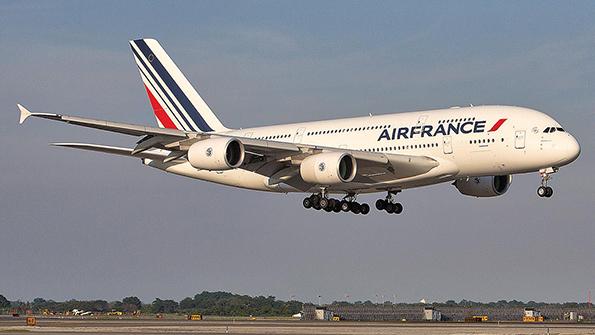
The novel coronavirus has led many carriers worldwide to re-adjust their fleet plans to preserve liquidity and streamline their operations. Given the cost of operating older, maintenance-intensive widebody aircraft during a period of soft travel demand, some casualties of the pandemic have not been surprising. Older widebodies earmarked for retirement, including the Boeing 747 and the few remaining MD-80s, have seen their exit from fleets accelerated. Older variants of the Boeing 777 and Airbus A330 have also been jettisoned more quickly as a result of the crisis.
While relatively young in comparison, having entered service only in 2007, the Airbus A380 looks set to see a similar destiny, with its fleet size likely to be drastically reduced post-COVID-19. The fate of the A380 was effectively sealed in early 2019 when its manufacturer announced plans to stop production by 2021 because of low customer demand. As of May 2020, there were approximately 228 of the aircraft in service with 14 operators, according to Airbus.
“The current pandemic has severely impacted international travel demand, particularly the large-cabin segment of the market,” says Adam Guthorn, partner at the Alton Aviation Consultancy. “The A380, as the world’s largest commercial passenger aircraft, has been more negatively impacted than any other type, with several national flag carriers recently announcing full retirements of their A380 fleets,” he notes.
Air France, the first European airline to operate the aircraft, retired its last A380 in June, having once operated as many as 10. Pre-pandemic, it had intended to phase them out by 2022. Lufthansa, which has already offloaded half its 14 A380s, does not expect to fly the remaining airframes until at least 2022 and meanwhile will keep them in deep storage. Outside of Europe, the future of the aircraft in the fleets of Etihad, Qatar Airways and Thai Airways has also been the subject of discussion since the COVID-19 outbreak.
In the few years before the Airbus announcement ending A380 production, airlines had begun to reveal their retirement plans, with some—such as launch customer Singapore Airlines—returning its first A380 in late 2017, before the first superjumbo was dismantled about two years later. Guthorn expects these moves to become more common in the future. “While there will surely be some entrepreneurs with interesting business models proposed in the coming years that may find a mission for the A380, we expect the vast majority of these aircraft to simply be retired and parted--out,” he says.
Sebastian Podwojewski, a spokesman for German asset manager Dr. Peters, tells Aviation Week that to date, four A380s have been handed back to their respective investment companies by airlines. While hope for a secondary market for the A380 has all but disappeared, given the push toward smaller, more fuel-efficient, long-range aircraft such as the 787 and the A350, Podwojewski believes some of the aircraft’s components will be sourced back into the market to help service the remaining active fleet. “As the overall fleet of A380 aircraft is aging, and as further 12-year checks will become due on more of these aircraft, we see reasonable demand for spare parts in the near future,” he says.
Angus McKay, an aviation principal at consultancy ICF, agrees that there will be some aftermarket demand but believes it will be narrow. “There will be some limited use of major components and subassemblies for the used market, including landing-gear sets and auxiliary power units, but again, the market will be constrained by a small operating fleet, limited lifespan and low utilization,” he says.
McKay believes that the after-market for the aircraft, valued at $2.7 billion for 2020 pre-COVID-19 by the Aviation Week MRO & Fleet Forecast, will be even more limited once the crisis subsides. “In broad terms, the aftermarket for the A380, already parlous, is likely to become more dire as utilization for the type dwindles and MRO activities decline,” he says.



